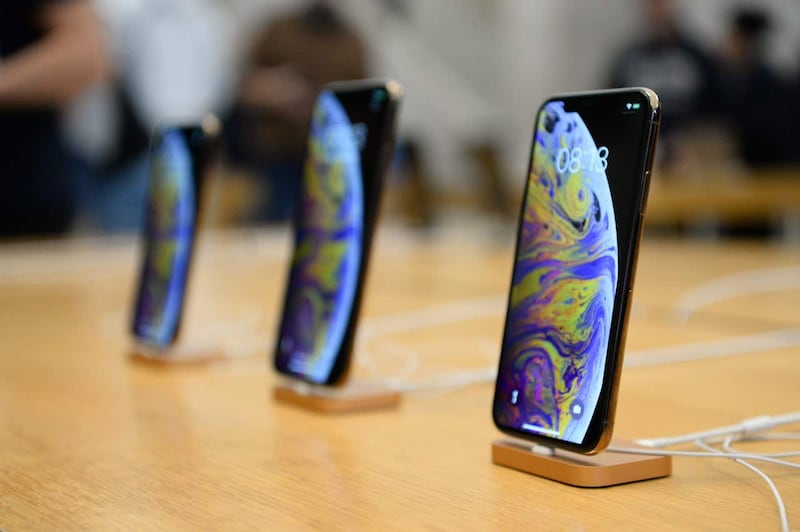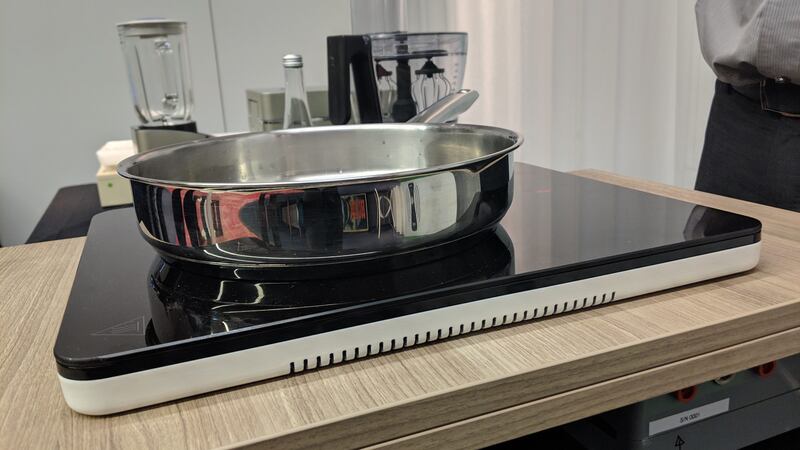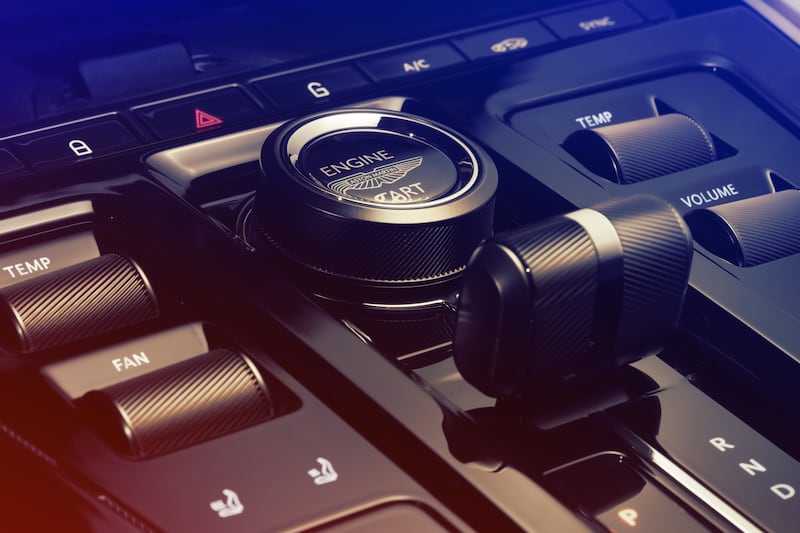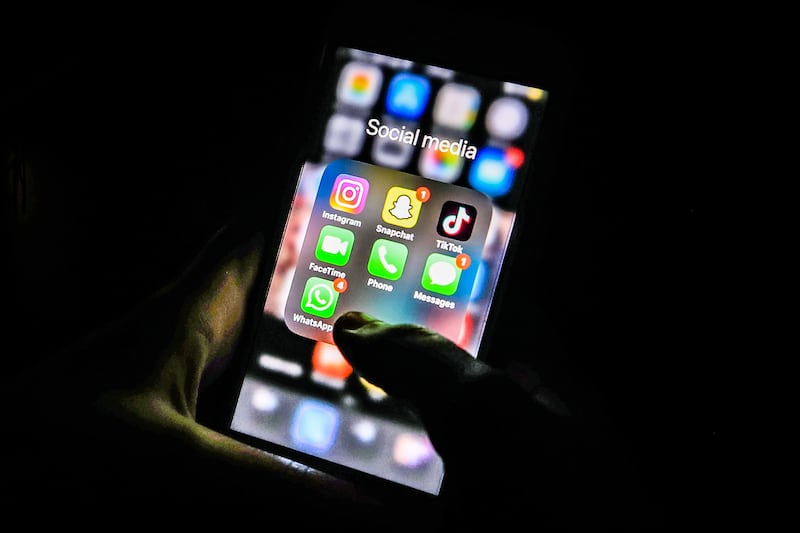Manufacturers of kitchen appliances such as blenders and slow cookers are testing ways of powering wireless electronic devices to make cooking cordless.
The Wireless Power Consortium, the global body which oversees wireless charging in smartphones with its popular Qi standard, is now working on a new standard for more power-hungry devices around the home.
Power Class 2, for anything between 200W and 2,400W, is being drafted with the help of several appliance makers as more people look to save space in the kitchen, especially in cramped city flats.
Wireless Power Consortium show how your kitchen could go cordless in the future. pic.twitter.com/5HYgzCBF1e
— Jamie Harris (@JamieHarrisPA) November 7, 2018
“These companies share a vision that the kitchen could be rid of power cords,” said Hans Kablau, chairman of the Wireless Power Consortium’s Kitchen Working Group.
“A plain fact, as we have seen, is that cordless kitchen appliances have a tremendous wow factor – I’ve been showing this to the public and to people for a couple of years now and people don’t expect it.”
The new standard will not only administer strict safety requirements for the Wireless Power Consortium’s seal of approval but help consumers from being locked into specific brands.
Under the specification, just about any kitchen appliance will be able to go cordless, such as mixers, juicers, kettles and portable induction hobs.

Speaking in London on Wednesday, members of the consortium also shared details about other usages for wireless charging including the introduction of wireless charging points on some train services, expected to launch in a matter of weeks.
The technology will arrive on first-class services initially but brand new train carriages in the coming years are expected to feature even more wireless charging points as an alternative to three-pin plugs and USB charging.








